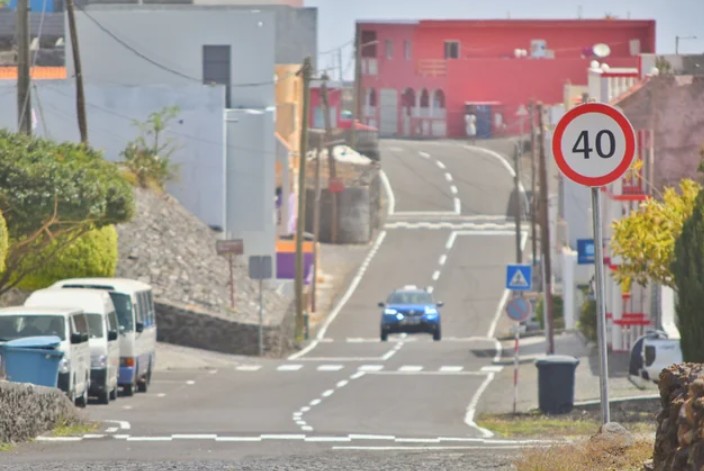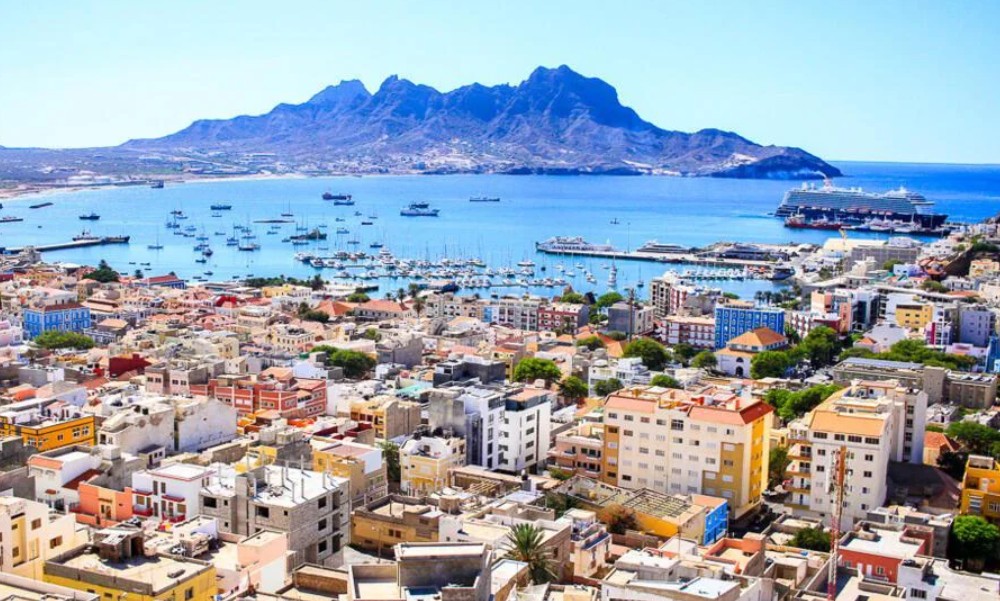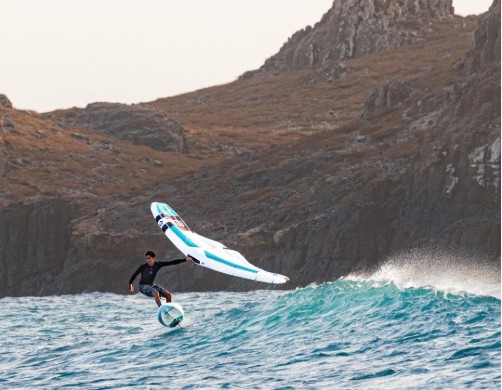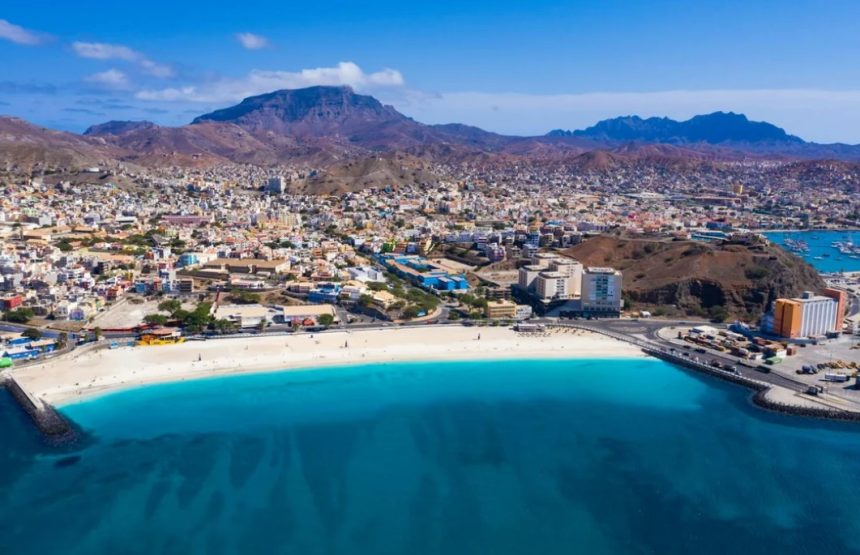Cape Verde is fast becoming a top pick for travellers chasing sun, sea, and culture. With its mix of African roots and European charm, it’s the perfect spot for a relaxed island holiday. This guide covers everything you need to know to plan your trip.
Where Is Cape Verde Located?
Situated in the central Atlantic Ocean, Cape Verde consists of ten volcanic islands offering everything from golden beaches to dramatic mountains. The most popular destinations include Sal, Boa Vista, and Santa Maria, each delivering a unique vibe:
- Sal: Ideal for sunbathers and watersport lovers
- Boa Vista: Perfect for peaceful retreats and nature encounters
- Santa Maria: A blend of culture and coast, with lively streets and scenic beaches
Why Is Cape Verde Becoming a Top Holiday Choice?
Cape Verde ticks all the right boxes for a relaxing yet enriching holiday. Its sunny climate, beautiful beaches, cultural depth, and easy all-inclusive travel packages make it an increasingly attractive choice for UK and European travellers.
What you’ll love:
- Year-round sunshine
- Friendly, laid-back atmosphere
- Unique blend of African and European cultures
- Diverse island experiences—from adventure to total relaxation
Whether you’re escaping the winter blues or planning a sunny summer holiday, Cape Verde delivers a worry-free retreat in every season.
How is the Weather in Cape Verde All Year Round?
Cape Verde’s weather is warm and sunny year-round, with temperatures from 24–30°C and little rain, making it perfect for holidays on the beach.
The islands enjoy steady trade winds, keeping the heat comfortable even in the hotter months. Rainfall is rare and usually brief, especially on Sal and Boa Vista, which are popular for their dry, beach-friendly climate.
With such mild weather, Cape Verde is a great place to visit any time—whether you’re chasing winter sun or planning a summer break.
- Best travel months: November to June
- Low season: July to October (brief showers but fewer tourists)

When Is the Best Time to Visit Cape Verde?
The best time to visit Cape Verde is between November and June, when the weather is dry, skies are clear, and temperatures are comfortably warm.
This period is perfect for beach holidays, water sports, and island exploring—especially for travellers looking to escape Europe’s winter for some reliable sunshine.
Cape Verde is still a great year-round destination, but from July to October, you may get occasional short showers. These quieter months often mean fewer crowds and better travel deals.
Top 5 Places to Visit in Cape Verde
The top 5 places to visit in Cape Verde are Sal, Santa Maria, Boa Vista, São Vicente, and Santiago—each island is worth exploring for holidays.
1. Sal
Sal is the most visited island in Cape Verde, known for its year-round sunshine, golden beaches, and clear turquoise waters. It’s the perfect destination if you’re looking for a classic beach holiday with guaranteed good weather.
There’s plenty to do on Sal beyond sunbathing. You can try out water sports like kitesurfing and diving, or visit the island’s famous salt flats at Pedra de Lume. With resorts lining the coast and a relaxed atmosphere, Sal is a hassle-free getaway.
2. Fogo
Fogo is famous for Pico do Fogo, the towering volcano that defines the island’s rugged landscape. It’s ideal for adventurous travelers who want to hike, explore lava fields, and experience nature at its rawest.
Beyond the volcano, Fogo offers charm and culture in the town of São Filipe, with colonial architecture and a relaxed vibe. The island also produces rich coffee and local wine, grown in volcanic soil, perfect for a truly unique taste of Cape Verde.
3. Boa Vista
Boa Vista offers a quieter and more natural experience than Sal. The island is known for its wide, empty beaches, rolling dunes, and peaceful atmosphere—ideal if you’re after a slower, more relaxing escape.
It’s also a great spot for nature lovers. From turtle nesting on the beaches to whale watching in the right season, Boa Vista lets you experience Cape Verde’s wilder side without the crowds.
4. São Vicente
São Vicente is Cape Verde’s cultural capital. Its main city, Mindelo, is full of life, with colourful buildings, live music, and a vibrant local scene that reflects the island’s Creole roots and artistic spirit.

Visitors often come for the festivals, nightlife, and more authentic Cape Verdean experience. It’s not as beach-focused as Sal or Boa Vista, but it’s rich in character and offers something different for those curious about local culture.
5. Santiago
Santiago is the largest island in Cape Verde and home to the capital, Praia. It’s a lively blend of city life, traditional markets, and local rhythms that reflect the country’s African roots.
Beyond the city, Santiago offers green mountains, historic villages, and must-see spots like Cidade Velha—the oldest town in Cape Verde. It’s perfect if you’re after a deeper, more cultural island experience.
What Should You Know Before Travelling to Cape Verde?
How to Get to Cape Verde?
Flights to Cape Verde
Cape Verde is easily accessible from Europe, especially from the UK, Portugal, Germany, and the Netherlands. Direct flights are available from the UK and major European cities. Sal and Boa Vista serve as the main international gateways.
Visa and Entry Info
Most European and UK citizens don’t need a visa for short stays, but online pre-registration is usually required. Always check entry requirements before booking.
Getting Around the Islands
Local Transport
Taxis are available on most islands, and locals often use “alugueres”, shared vans that operate like minibuses. They’re affordable but less predictable.
Island-Hopping
You can travel between islands by domestic flights or ferries. Flights are faster and more reliable, though ferries offer scenic (but sometimes rough) rides.
Where to Stay in Cape Verde?
Cape Verde offers a mix of islands for every kind of traveller. Sal is great for beach resorts and watersports, while Boa Vista is quieter with dunes and whales. Fogo is ideal if you’re up for volcano hikes and raw landscapes.
Santiago, home to the capital Praia, blends history and culture, and São Vicente is your go-to for music, nightlife, and vibrant festivals.
- Sal & Boa Vista: All-inclusive resorts, family-friendly stays, and beachfront luxury
- Fogo: Boutique lodges for nature lovers and hikers
- Santiago & São Vicente: Guesthouses and hotels rich in culture and local charm
Money and Practical Info
Cape Verde uses the Cape Verdean Escudo (CVE), though euros are widely accepted in tourist areas. Portuguese and Cape Verdean Creole are the main languages, but English is commonly spoken in resorts.
The country is generally safe—just take normal travel precautions. Wi-Fi is available in most hotels and cafés, though it may be slower in remote areas.
What Activities Can You Do in Cape Verde?
Cape Verde is the place for beach days, volcano hikes, water sports, whale watching, island tours, and the music-filled Creole festivals you’ll love.
Beach Time and Relaxation
Cape Verde’s beaches are perfect for unwinding. White sands, warm waters, and peaceful surroundings make islands like Sal and Boa Vista ideal for sunbathing and swimming.
Water Sports and Adventure
Try kite surfing, windsurfing, paddleboarding, or diving. Sal is especially popular for water sports with its steady winds and clear ocean.

Volcano Hiking on Fogo
For the adventurous, climbing Mount Fogo, an active volcano, is a must. The views from the top are stunning, and the experience is unforgettable.
Whale Watching and Nature Tours
Between March and May, you can spot humpback whales off the coast of Boa Vista. You’ll also find sea turtles, sand dunes, and unique birdlife on guided tours.
Island Tours and Local Villages
Take guided tours to explore local life, from fishing villages to mountain valleys. Each island has its own culture, history, and scenery to offer.
Creole Culture and Festivals
Enjoy the vibrant energy of Cape Verdean music, especially morna and funaná. Join in on local festivals filled with dancing, drums, and community spirit.
Food and Markets
Try traditional Cape Verdean dishes like cachupa and grilled seafood. Local markets are great spots to sample street food and shop for handmade crafts.
What Is the Culture in Cape Verde?
Cape Verde is a unique mix of African and Portuguese influences, seen in its music, food, language, and relaxed island lifestyle. This cultural blend gives the islands their warm, welcoming vibe.
Music plays a big role in everyday life. Traditional styles like morna and coladeira are heard everywhere, from street corners to festivals, bringing people together through rhythm and emotion.
The food reflects the same diversity. Dishes like cachupa, fresh seafood, and tropical fruits are staples. Most locals speak Cape Verdean Creole, adding even more depth to the country’s cultural identity.
If you’re drawn to vibrant island cultures, you may also find inspiration in our Montenegro travel guide, another hidden gem offering a mix of history, nature, and coastal charm.
Is Cape Verde a Family-Friendly Destination?
Yes, Cape Verde is family-friendly with safe beaches, calm seas, kid-friendly resorts, short flights from Europe, and plenty to do for all ages.
Many resorts offer kids’ clubs, family pools, and guided day trips, making it easy for parents to relax while children stay entertained. The laid-back vibe and small time difference from Europe help keep travel stress to a minimum.
Beyond the beaches, families can explore sand dunes in Boa Vista, visit colorful towns like Santa Maria, or even go island-hopping. With fewer crowds and a mix of culture, nature, and sunshine, Cape Verde is a hidden gem for unforgettable family holidays.
Final Travel Tips
Pack light, breathable clothing and plenty of sunscreen to stay comfortable in the sun. Embrace the island’s relaxed pace—Cape Verde is all about slowing down and soaking it all in.
- Currency: Cape Verdean Escudo (CVE); Euros are widely accepted
- Languages: Portuguese and Cape Verdean Creole; English spoken in resorts
- Safety: Generally safe with standard travel precautions
- Connectivity: Wi-Fi is available, though slower on remote islands
- What to pack: Sunscreen, insect repellent, light clothing, and bottled water
Compare Cape Verde’s Top 5 Islands
| Island | Vibe & Landscape | Best For | Highlights |
|---|---|---|---|
| Sal | Flat, dry, beach-focused | First-timers, beach lovers, families | Santa Maria, salt mines, water sports, all-inclusive resorts |
| Boa Vista | Sandy dunes, wide beaches, desert-like | Nature lovers, honeymooners, and peaceful escapes | Whale watching, Viana Desert, dune buggy tours, quiet resorts |
| Fogo | Volcanic, dramatic terrain | Adventurers, hikers, culture seekers | Climb Pico do Fogo volcano, coffee farms, and wine tasting |
| Santiago | Lush mountains, historic towns | Culture buffs, urban explorers, and long stays | Capital Praia, Cidade Velha (UNESCO site), music, markets |
| São Vicente | Cultural, lively, mountainous coast | Music lovers, solo travelers, and festivals | Mindelo nightlife, Carnival, art, and local dining |
Frequently Asked Questions About Cape Verde
Is Cape Verde good for holidays all year?
Yes, Cape Verde is a great all-year-round holiday spot with steady sunshine, warm temperatures, and minimal rain across all seasons.
Is Cape Verde part of Europe or Africa?
This country is politically and culturally tied to Africa, but it has strong Portuguese and European influences due to its colonial past.
Is Cape Verde expensive to visit?
Cape Verde can be affordable, especially with package holidays, although island prices may be slightly higher than those on the mainland.
Are there luxury resorts in Cape Verde?
Yes, both Sal and Boa Vista offer luxury beachfront resorts with pools, spas, and fine dining, often through package holiday providers.
Do you need a visa for Cape Verde?
EU, UK, and US travelers can stay visa-free for short visits, but a pre-arrival registration and airport fee may still apply.






